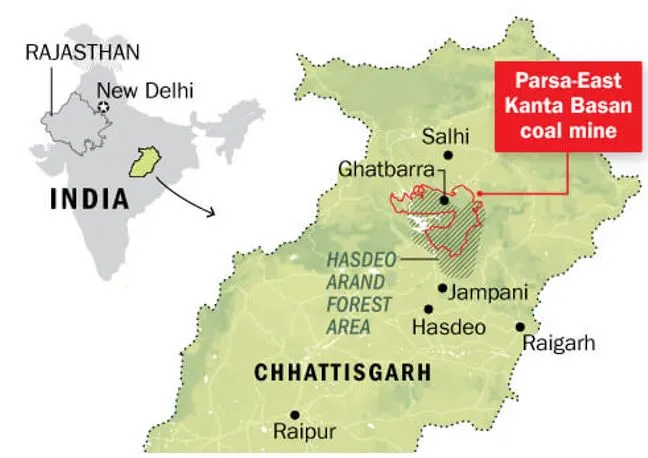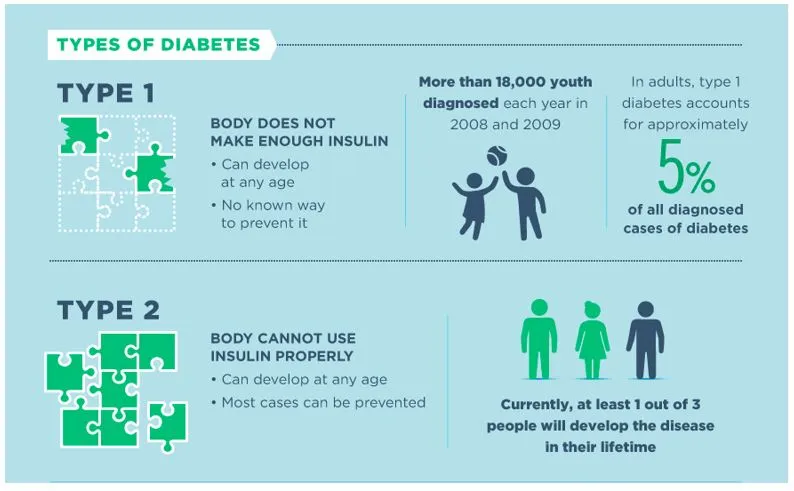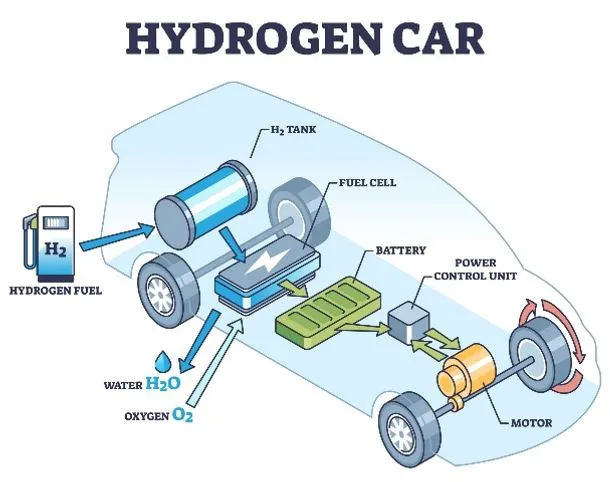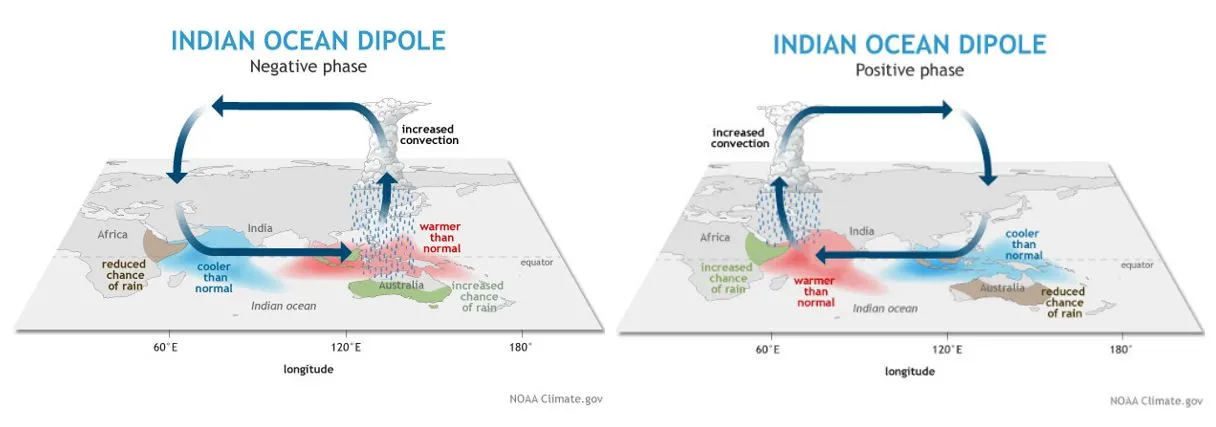

16th November 2024 (9 Topics)
Mains Issues
Context
The Supreme Court has asked the Union government to take urgent and prompt measures to address "highly sensitive and important" issue of establishment of a comprehensive rehabilitation framework for victims of sex trafficking, in view of legislative vaccum.
What is Human Trafficking?
- Human trafficking is the recruitment, transportation, transfer, harboring, or receipt of people through force, fraud, or deception to exploit them for profit. The exploitation can take various forms, including:
- Sexual exploitation
- Forced labor
- Slavery
- Servitude
- Removal of organs
- According to the United Nations Office on Drugs and Crime (UNODC), human trafficking is a serious global issue with wide-ranging consequences.
Global Severity of Human Trafficking
- Prevalence of Trafficking: According to the UNODC 2019 report, 60% of trafficking occurs within a single country.
- Victims of Sexual Exploitation
- 90% of sexual trafficking victims are women and girls.
- Forced Labor in South Asia
- In South Asia, 85% of trafficking victims are exploited for forced labor.
- Human trafficking is the third most challenging crime globally, following drug trafficking and weapons trade in terms of turnover and human misery.
Causes of Human Trafficking
- Poverty: Poverty creates vulnerability, with traffickers exploiting the desperate circumstances of people, especially in impoverished areas.
- Social and Cultural Factors: Social devaluation, especially of young women, makes them easy targets for traffickers.
- Migration: Migration due to economic opportunities, disasters, or conflict increases vulnerability, with traffickers using false promises to exploit individuals.
- Climate Change: Natural disasters and displacement due to climate change (both sudden and slow onset) exacerbate vulnerabilities to trafficking.
- Low Conviction Rate: Despite these legal provisions, the conviction rate in human trafficking cases remained 4% in 2022, indicating the challenges in effectively prosecuting traffickers.
- Other Contributing Factors: Corrupt officials, permeable borders, and international criminal groups further enable trafficking activities.
India’s Vulnerability to Human Trafficking
- Porous Borders: India, especially West Bengal, has a porous 2,216.7 km border with Bangladesh, facilitating both domestic and international human trafficking.
- Geographical Location: India's geographical proximity to opium-growing regions, such as the Golden Crescent (Afghanistan) and the Golden Triangle (Myanmar), contributes to trafficking networks in the region.
Legal and Constitutional Frameworks in India to Counter Human Trafficking
|


Prelims Articles
Context
On the occasion of Birsa Munda's 150th birth anniversary (celebrated as 'Janjatiya Gaurav Divas'), Prime Minister Narendra Modi launched development projects worth Rs 6,640 crore in Bihar's Jamui district.
About new Development Projects
- The newly unveiled projects span infrastructure, healthcare, education, and livelihood generation, aiming to uplift tribal regions.
- To improve healthcare accessibility, Modi launched 23 mobile medical units (MMUs) under PM-JANMAN and an additional 30 MMUs under the Dharti Aaba Janjatiya Gram Utkarsh Abhiyan (DAJGUA) for remote tribal areas.
- The PM also inaugurated 10 Eklavya Model Residential Schools and 300 Van Dhan Vikas Kendras to promote entrepreneurship and boost livelihoods.
- Additionally, Modi inaugurated two Tribal Freedom Fighters’ Museums in Chhindwara and Jabalpur, Madhya Pradesh, along with two Tribal Research Institutes in Srinagar and Gangtok, to preserve tribal heritage and history.
Fact Box:PVTGs in India
Government’s welfare outreach to ST communities
|


Prelims Articles
Context
In a landmark step towards sustainable transportation, India is set to unveil its first hydrogen-powered train in December 2024 (first trial will take place on the Jind-Sonipat route in Haryana), showcasing a revolutionary shift in rail travel.
About Hydrogen-Powered Train
- This zero-emission train, which will operate without diesel or electricity, is part of Indian Railways' broader strategy to reduce its carbon footprint and achieve "net zero carbon emissions" by 2030.
- The hydrogen-powered train operates using hydrogen fuel cells to generate the electricity required to drive its engines.
- Unlike traditional trains powered by diesel or electricity, this train produces only water and steam as byproducts, resulting in zero harmful emissions. Hydrogen and oxygen undergo a chemical reaction in the fuel cells, producing electricity without generating pollutants.
- Compared to diesel trains, hydrogen-powered trains are also much quieter, producing 60% less noise, enhancing passenger comfort.
- Key Features and Trials
- Speed and Distance: The hydrogen train will reach speeds of up to 140 km/h and can travel up to 1,000 kilometers on a single tank of hydrogen fuel, making it suitable for longer distances.
- Water Usage: The train will require approximately 40,000 liters of water per hour to sustain the chemical reaction in the fuel cells.
- Cost and Infrastructure: The cost of each hydrogen-powered train is approximately Rs 80 crore. Indian Railways is investing in the infrastructure required for these trains, including hydrogen storage and refueling stations, essential for supporting widespread use.
Fact Box: Hydrogen Fuel Cell
|


Prelims Articles
Context
The expansion of coal mining in the PEKB block has led to severe ecological consequences, particularly affecting local wildlife. The destruction of elephant habitats has caused these animals to wander into nearby human settlements, resulting in a significant increase in human-elephant conflicts. This has led to fatal encounters, drawing attention to the long-term environmental and socio-economic impacts of mining activities in the region.
About Hasdeo Arand
- Often referred to as the “lungs of Chhattisgarh,” Hasdeo Arand covers nearly 1,500 square kilometres of dense forest.
- The region is rich in biodiversity, home to over 25 mammalian species, many of which are endangered.
- A critical elephant corridor runs through these forests, connecting elephant populations in Jharkhand to Chhattisgarh’s Korba district.
- The forest also serves as the catchment area for one of the Mahanadi River’s largest tributaries, a lifeline for millions downstream.
- Historical Mining Restrictions: In 2010, the Ministry of Environment, Forest, and Climate Change (MoEFCC) declared the entire Hasdeo Arand a “no-go” zone for coal mining, due to its critical ecological importance. Despite this, the “no-go” status has been gradually eroded over the years due to growing economic pressures.
- Recent Developments and Contradictory Reports: In October 2021, the government allowed mining to resume in Parsa and Kete Extension coal blocks, and operations had already started in Parsa East and Kanta Basan (PEKB).

Impact of Expansion of Coal Mining in the PEKB Block
- Ecological and Wildlife Consequences: It has led to the destruction of large areas of forest since the first phase of mining began in 2013. This has disrupted vital water sources for elephants, forcing them to migrate farther in search of water.
- Increased Human-Elephant Conflicts: As a result, elephants have ventured into human settlements, leading to increased human-elephant conflicts. Elephants, once predictable in their movements, have become more aggressive due to the loss of their natural corridors. Over the past four years, 72 elephants have died, and human fatalities from elephant attacks have surged, with one death occurring every five days.


Prelims Articles
Context
An extreme rise in sea levels driven by the Indian Ocean Dipole have caused some Maldivian islands to lose more than half of their mangrove (a shield against destructive storms across many coastlines) cover since 2020.
About
- Mangroves are tropical trees that thrive in conditions most timber could never tolerate — salty, coastal waters, and the interminable ebb and flow of the tide.
- Mangrove forests only grow at tropical and subtropical latitudes near the equator because they cannot withstand freezing temperatures.
- Significance of Mangroves:
- Mangrove forests stabilize the coastline, reducing erosion from storm surges, currents, waves, and tides.
- They have the ability to store vast amounts of carbon, thus, they are key weapons in the fight against climate change.
- The intricate root system of mangroves also makes these forests attractive to fish and other organisms seeking food and shelter from predators.
- Reason behind declining Mangroves: From 2017 to 2020, sea levels around the Maldives rose at a rate of over 30mm per year – much faster than the mangroves could build up sediment to stay above water. This rapid rise was linked to a climate phenomenon called the Indian Ocean dipole, which was unusually intense between 2019 and 2020.
- The Maldives is the world’s lowest-lying country, with an average elevation of just 1.5m above sea level. This makes it acutely vulnerable to rising sea levels.
Mangroves in India:
Indian Ocean Dipole (IOD)
|


Prelims Articles
Context
World Diabetes Day is celebrated annually on November 14 to raise awareness about diabetes as a critical global public health issue. The International Diabetes Federation (IDF) and WHO established World Diabetes Day in 1991 in response to growing global concerns about diabetes as a major health concern.
What is Diabetes?
- Diabetes mellitus, also known as diabetes, is a metabolic disease marked by consistently elevated blood sugar levels.
- Diabetes is a chronic illness in which the body either produces insufficient amounts of insulin or is unable to use the insulin that it does produce efficiently.
- The pancreas secretes the hormone insulin, which is crucial for controlling blood sugar levels. Blood sugar levels can rise and cause issues with the heart, kidneys, feet, and eyes if insulin is not functioning properly.
- Types:
- Type 1 diabetes: This type of diabetes is also called insulin-dependent diabetes. People with Type 1 diabetes must take insulin and also may take other medications daily. This makes up for the insulin not being produced by the body.
- Type 2 diabetes: Type 2 diabetes is the most common form of diabetes. Type 2 diabetes has historically been diagnosed primarily in adults. But adolescents and young adults are developing Type 2 diabetes at an alarming rate because of family history and higher rates of obesity and physical inactivity.



Editorials
Context
The Aligarh Muslim University (AMU) case (2024) has garnered attention following a landmark ruling by the Supreme Court of India, which overruled the controversial 1967 S. Azeez Basha judgment that had denied AMU’s minority status. This judgment revisits critical issues surrounding the constitutional rights of minorities to establish and administer educational institutions under Article 30. The ruling has sparked debates about the role of historical contexts, statutory provisions, and judicial interpretations in determining the minority character of an institution like AMU.
The AMU Judgment and Its Historical Context
- Overruling of 1967 Judgment: In the 2024 case, the Supreme Court overruled the Azeez Basha (1967) judgment, which had declared AMU was not a minority institution. The ruling affirmed that AMU, established by Sir Syed Ahmad Khan in 1877, is a minority educational institution as per Article 30 of the Constitution.
- The Incorporating Act and Minority Status: While dissenting judges emphasized the importance of the statutory provisions of the AMU Act, the majority held that the minority character of the university should not solely depend on the incorporating statute.
- Role of Historical Legacy: Justice Chandrachud also acknowledged the historical role of AMU in fostering Muslim education and cultural regeneration.
Key Legal Interpretations in the Judgment
- Flexible Approach to Minority Rights: The bench adopted a flexible framework in determining the minority character of AMU. The judgment emphasized that a broader interpretation of Article 30 should be applied, considering factors like intent to establish and administer, rather than rigidly adhering to pre-constitutional criteria.
- Governmental Control and Minority Rights: The dissenters criticized the judgment's leniency towards governmental control over minority institutions. However, the majority held that greater governmental oversight does not undermine the minority status of an institution. The judgment reaffirmed that such controls are only meant to ensure efficiency and standards, not to dilute the minority rights guaranteed under Article 30.
- Minority Surrender of Rights: A critical issue in the judgment was the dissenting view that minority institutions should not be allowed to waive their fundamental rights. The majority judgment found that such surrender is impermissible under the Constitution. This view aligns with earlier rulings, such as Basheshar Nath (1959), which ruled out the waiver of fundamental rights by minority institutions.
Practice Question:
Q. Critically examine the Supreme Court’s judgment in the 2024 Aligarh Muslim University case, highlighting its implications on minority rights, judicial interpretations, and the future of educational institutions in India.


Editorials
Context
India's absence of a world-class public policy institution has become a topic of discussion, especially when compared to global leaders like the Harvard Kennedy School and the London School of Economics, which shape national and global governance. Despite India’s democratic complexity and urgent developmental challenges, its finest policy experts are still trained abroad. The lack of a top-tier policy school is attributed to India's political and institutional landscape, which limits meaningful influence for policy professionals.
The Political Structure and Policy Influence in India
- Executive Dominance in India: In India, the executive wields significant power over decision-making, with most policy formulation being controlled by political elites, bureaucrats, and government officials rather than a deliberative legislative process. This centralisation limits the ability of public policy institutions, academics, and civil society groups to influence the policymaking process.
- Fragility of Influence with Regime Changes: India’s political landscape is marked by frequent shifts in power, which leads to fragility in the policy ecosystem. When regimes change, key policy professionals can find themselves sidelined.
- Need for an Indian-Specific Policy School Model: To create a top-tier public policy institution in India, the school must reflect the country’s unique political realities, such as informal networks, regional power structures, and social hierarchies. Unlike Western institutions that focus on formal political structures, an Indian policy school must prepare students to navigate a system where power is opaque, unevenly distributed, and influenced by complex socio-political factors.
Building a Stable and Effective Policy Ecosystem
- Cultivating Empathy for the People: An essential aspect of policy education in India is cultivating empathy for the lived realities of the people. Too often, top-down policies are implemented without understanding the ground realities, leading to ineffective or harmful interventions.
- Creating Non-Partisan Space for Policy Dialogue: A successful policy institution must provide a broad, non-partisan space for policy dialogue, where legitimacy and influence are based on the quality of public interventions, not proximity to political power. This space would allow the institution to remain relevant and impactful across changing regimes.
- Institutionalizing a Long-Term Vision for Development: Ultimately, the goal of such an institution is to serve as a hub for nation-building, where graduates are equipped not only with technical policy expertise but also with the capacity to influence real change across India’s diverse political landscape.
Practice Question
Q. Critically assess the challenges and potential pathways for establishing a world-class public policy institution in India, considering the unique political and institutional landscape of the country.


Editorials
Context
After 19 months of ethnic conflict, the Union Home Ministry has reimposed the Armed Forces Special Powers Act (AFSPA) in six police stations in Manipur, amid rising violence. The decision has reignited concerns due to the Act's controversial history in the state.
Ethnic Conflict and Government's Response
- Role of Ethnic Identities in the Conflict: Ethnic divisions have long shaped Manipur’s political and social structure, with the current violence stemming from a Meitei demand for Scheduled Tribe (ST) status, opposed by the Kuki-Zomi community. This has led to widespread displacement and loss of life.
- State's Focus on Law-and-Order: The state government continues to approach the crisis through a law-and-order lens, overlooking deeper political and ethnic issues. This narrow view risks further escalating tensions and undermines efforts to address the root causes of the conflict.
- Impact of AFSPA Reimposition: The reimposition of AFSPA has raised concerns due to its controversial use in Manipur. The Act, which grants sweeping powers to the military, is seen by many as exacerbating local distrust and alienating the population, especially amidst the absence of political dialogue.
Historical Context and Policy Challenges
- Historical Use of AFSPA in Manipur: AFSPA was first imposed in Manipur in 1958 and extended over the years, particularly in Meitei-majority areas. Despite strong local opposition, the Act has remained due to ongoing insurgency and unrest, despite calls for its repeal.
- Decline of Militancy and AFSPA Rollback: While AFSPA has been rolled back in many parts of the Northeast due to the decline in militancy, Manipur remains an exception, with continuing violence complicating efforts to lift the Act. The situation calls for nuanced solutions beyond the military approach.
- Need for Political and Administrative Reforms: To resolve the conflict, the Centre and state government must focus on addressing political and administrative failures. Reimposing AFSPA alone will not solve the ethnic tensions; comprehensive reforms and dialogue are crucial for long-term peace.
Practice Question:
Q. Discuss the implications of the reimposition of AFSPA in Manipur amidst ongoing ethnic conflict. How can the government address the underlying political issues for lasting peace?





